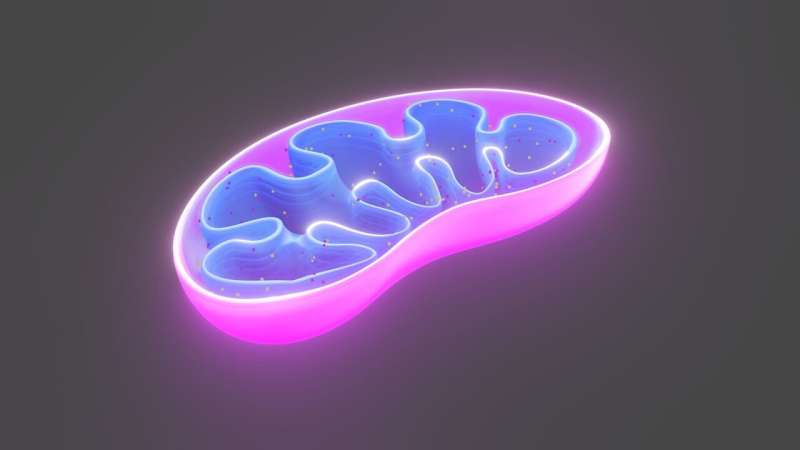Study Finds Brainstem CT Scan Alone Insufficient for Confirming Neurologic Death

Research reveals that brainstem CT scans alone cannot reliably confirm neurologic death, emphasizing the need for combined clinical and imaging assessments in brain death diagnosis.
Determining brain death is a complex and critical process involving careful clinical assessment, ethical considerations, and precise diagnostics. Traditionally, clinicians rely on bedside examinations to identify the absence of consciousness, brainstem reflexes, and the drive to breathe. However, factors such as sedative medication, facial trauma, or metabolic issues can complicate these assessments. As a result, many medical centers have turned to advanced imaging techniques like computed tomography (CT) flow imaging, hoping that clear radiological evidence could serve as a definitive confirmation.
A recent multicenter study conducted by the Université de Montréal evaluated the effectiveness of brainstem CT perfusion and angiography scans as diagnostic tools for brain death. This study involved 282 critically ill adults across 15 Canadian intensive care units. These patients underwent contrast-enhanced brain CT scans within two hours of a standardized, blinded bedside exam. The imaging included detailed perfusion and angiography assessments, which were independently reviewed by masked neuroradiologists.
The results indicated that while qualitative brainstem CT perfusion demonstrated high sensitivity (98.5%), it had a lower specificity (74.4%). In practical terms, this means the scan was excellent at detecting true cases of brain death but also had a significant false-positive rate, wrongly indicating brain death in some patients who were not. Whole-brain CT perfusion showed slightly lower sensitivity (93.6%) but improved specificity (92.3%). Similarly, CT angiography achieved variable sensitivity (75.5–87.3%) but maintained near 90% specificity.
The key takeaway from the study is that neither CT perfusion nor angiography met the stringent validation criteria of over 98% for both sensitivity and specificity necessary to use these methods independently for brain death confirmation. The false-positive results highlight that imaging, while valuable, should be used as an adjunct to, rather than a replacement for, comprehensive clinical assessment.
This research underscores the limitations of relying solely on radiological evidence in critical neurological determinations. Diagnostic tests are most effective when integrated with thorough clinical examinations, especially in complex cases where confounding factors may mask or mimic brain death. The findings contribute to ongoing discussions about establishing reliable, standardized protocols for brain death diagnosis, emphasizing caution and the importance of human clinical judgment.
Source: https://medicalxpress.com/news/2025-06-brainstem-ct-scan-proof-neurologic.html
Stay Updated with Mia's Feed
Get the latest health & wellness insights delivered straight to your inbox.
Related Articles
Breakthrough Enzyme Therapy Reverses Hearing Loss in Mice with Rare Bone Disorder
A novel enzyme therapy has successfully reversed hearing loss in mouse models of ENPP1 deficiency, offering hope for future treatments of this devastating genetic disorder.
Innovative Biomaterial Demonstrates Potential to Reverse Heart Aging
A new hybrid biomaterial developed by researchers shows promise in reversing age-related changes in heart tissue by targeting the extracellular matrix, opening new possibilities for regenerative therapies.
Early Mitochondrial Dysfunction and Myelin Loss Key Factors in Multiple Sclerosis Brain Damage
New research sheds light on how early mitochondrial impairment and myelin loss contribute to cerebellar damage in multiple sclerosis, offering hope for targeted therapies to protect brain health.
Understanding How Your Immune System Maintains Balance: Insights from the 2025 Nobel Prize
Discover how the 2025 Nobel Prize-winning research on regulatory T cells and the FOXP3 gene is transforming our understanding of immune tolerance, paving the way for new treatments for autoimmune diseases and cancer.



